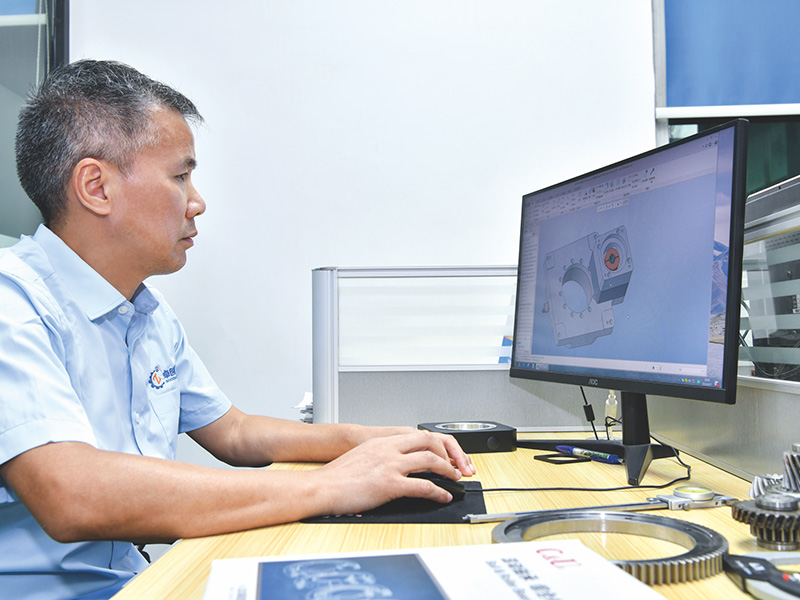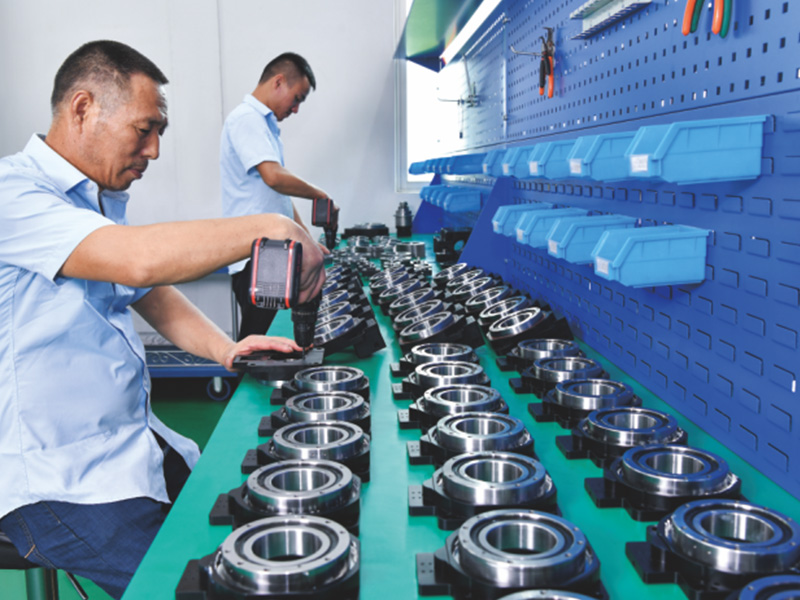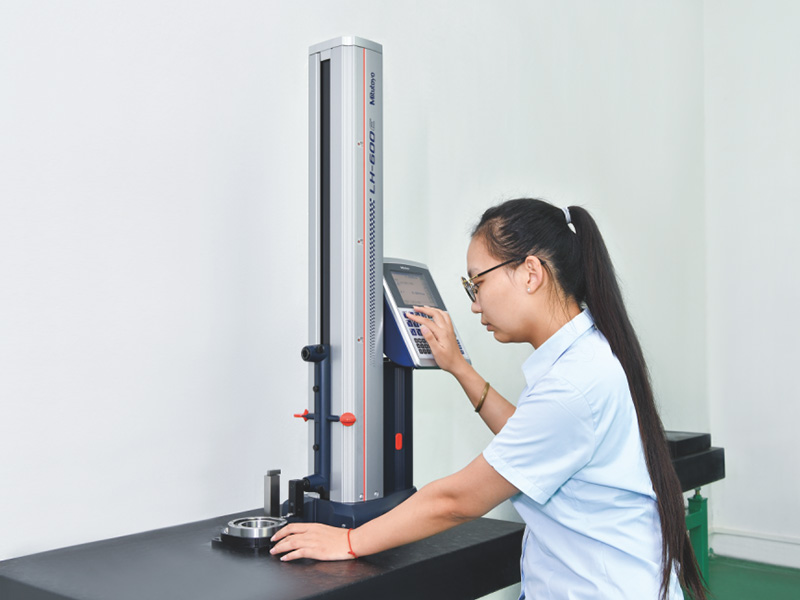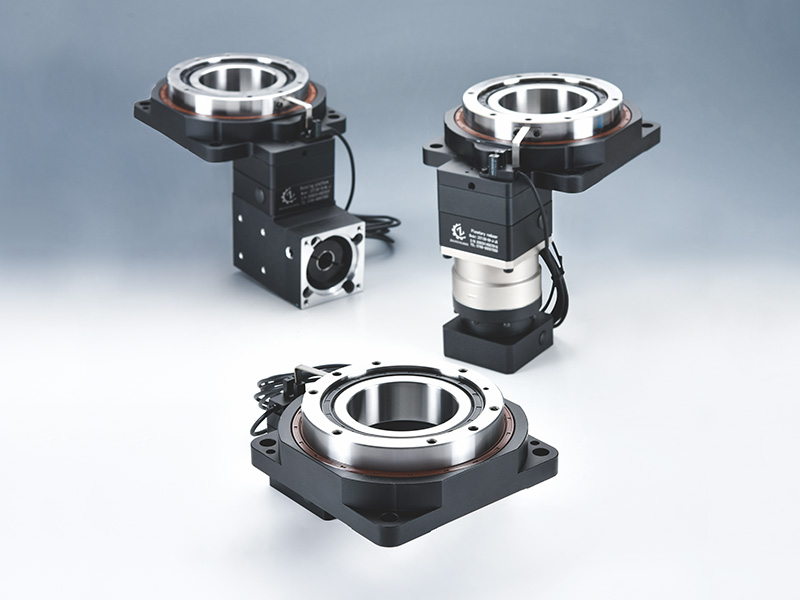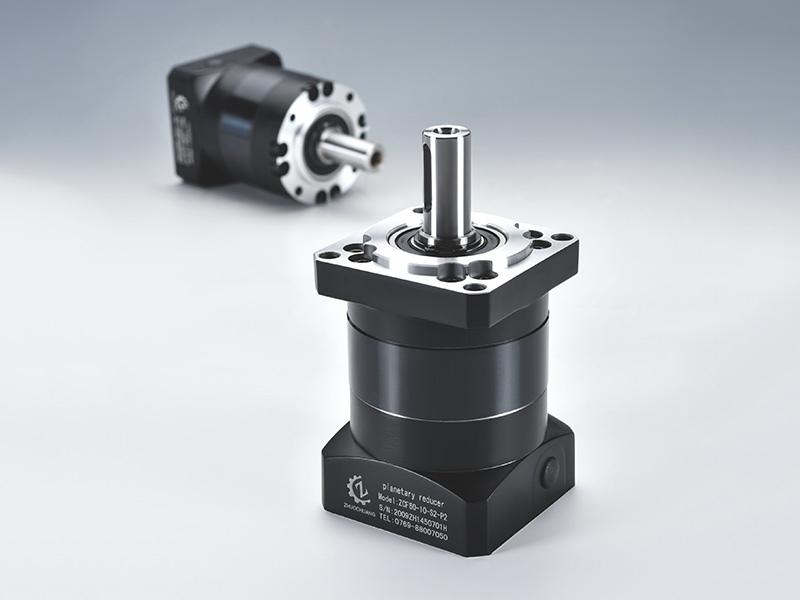An industrial robot is a general-purpose machine equipped with a memory device and an end effector that can complete various movements or processes to replace human labor. Usually in production, it can replace workers to do certain monotonous, frequent and repetitive long-term operations, or operations in dangerous and harsh environments. It can improve production efficiency and product quality, and is an effective solution for companies to supplement and replace labor.
At present, the development of industrial robots is characterized by high speed, accuracy, compact body structure, multiple degrees of freedom and increased rigidity. Key areas also require heavy load or fast response. For example, most of the electric welding robots produced by the automobile have a load between 150-300Kg, while the assembly robots in the electronic field need to respond quickly to the accessories on the assembly line.
In the field of mechanical transmission, the reducer is an intermediate device that connects the power source and the actuator. Usually, it uses the high-speed power of the motor, internal combustion engine, etc. through the pinion on the input shaft to mesh with the large gear on the output shaft to achieve the purpose of speed reduction. And transmit greater torque. Currently mature and standardized reducers include: cylindrical gear reducer, turbine reducer, planetary reducer, planetary gear reducer, RV reducer, cycloid reducer and harmonic reducer. Since the 1980s and 1990s, under the needs of the development of emerging industries such as aerospace, robotics and medical equipment, high-performance precision reducers with simple and compact structure, high transmission power, low noise, and stable transmission are required, among which RV reducers are harmonious Wave reducers are two important reducers in precision reducers.
RV (Rot-Vector) reducer
RV reducer is developed on the basis of cycloid pin wheel transmission, with two-stage reduction and central disc support structure. Since it was put on the market in 1986, it has become the "queen" reducer for robots due to its advantages such as large transmission ratio, high transmission efficiency, high motion accuracy, small backlash, low vibration, high rigidity and high reliability.
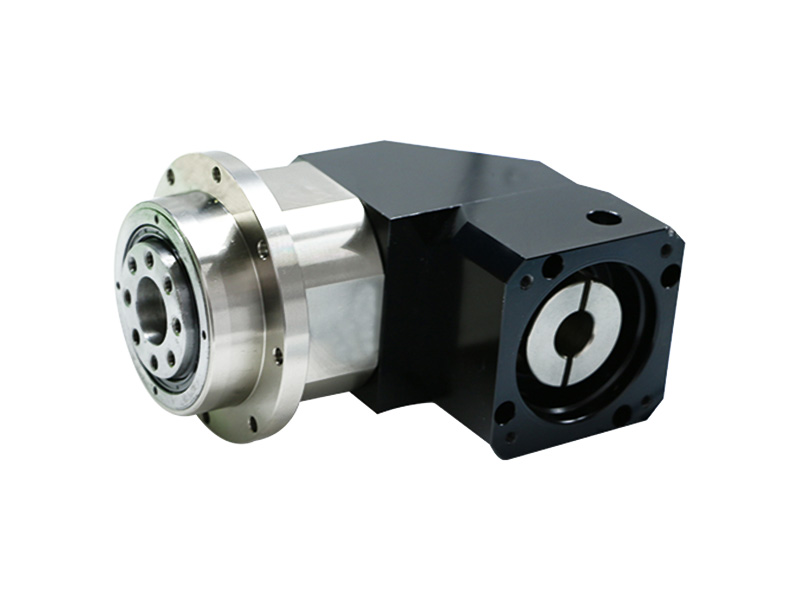
Harmonic reducer
The harmonic reducer consists of three parts: harmonic generator, flexibility theory and rigid wheel. Its working principle is that the harmonic generator makes the flexible wheel produce controllable elastic deformation, and the power is transmitted by the meshing of the flexible wheel and the rigid wheel. And achieve the purpose of deceleration; according to the different wave generators, there are cam type, roller type and eccentric disc type. The harmonic reducer has a large transmission ratio, a small outline, a small number of parts and a high transmission efficiency. The single machine transmission ratio can reach 50-4000, and the transmission efficiency is as high as 92%-96%.
Planetary reducer
As the name implies, a planetary reducer is a reducer with three planetary wheels rotating around a sun wheel. The planetary reducer is small in size, light in weight, high in carrying capacity, long in service life, stable in operation and low in noise. It has the characteristics of power splitting and multi-tooth meshing alone; it is an industrial product with a wide range of uses. Its performance is comparable to other military-grade planetary reducer products, but it has an industrial-grade product price and is used in a wide range of industrial applications .
The role of precision planetary reducer on industrial robots
The power source of an industrial robot is generally an AC servo motor. Because it is driven by a pulse signal, the servo motor itself can realize speed regulation. Why do industrial robots need a reducer? Industrial robots usually perform repetitive actions to complete the same process; in order to ensure that industrial robots can reliably complete process tasks in production and ensure process quality, the positioning accuracy and repeat positioning accuracy of industrial robots are very high.
Therefore, to improve and ensure the accuracy of industrial robots, RV reducers or harmonic reducers are needed. Another role of precision reducers in industrial robots is to transmit greater torque. When the load is large, it is not cost-effective to blindly increase the power of the servo motor. The output torque can be increased by a reducer within a suitable speed range. In addition, the servo motor is prone to heat generation and low-frequency vibration under low-frequency operation, which is not conducive to ensuring accurate and reliable operation of industrial robots that work for a long time and periodically.
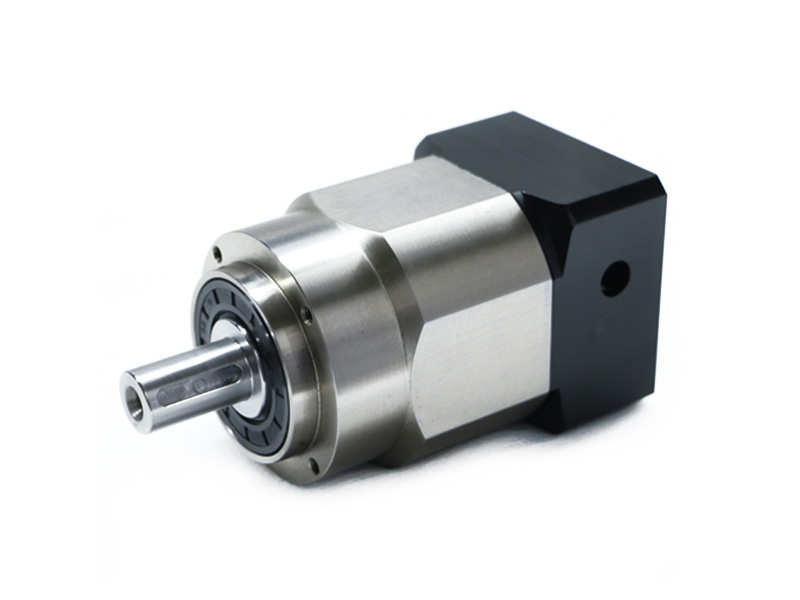
The existence of the precision reducer enables the servo motor to run at a suitable speed, and accurately reduces the speed to the speed required by each part of the industrial robot, which improves the rigidity of the mechanical body while outputting a greater torque. Compared with general-purpose reducers, robot joint reducers are required to have the characteristics of short transmission chain, small size, high power, light weight and easy control. There are two main types of reducers widely used in articulated robots: RV reducers and harmonic reducers.
Compared with harmonic reducer, RV reducer has higher rigidity and rotation accuracy. Therefore, in articulated robots, the RV reducer is generally placed on the base, arm, shoulder and other heavy loads; and the harmonic reducer is placed on the arm, wrist or hand; the planetary reducer is generally used On the Cartesian robot.
Market status of reducer
At present, there are mainly two types of reducers used in the field of robotics, one is RV reducer, and the other is harmonic reducer. In articulated robots, because the RV reducer has higher rigidity and rotation accuracy, the RV reducer is generally placed on the base, boom, shoulder and other heavy loads, and the harmonic reducer is placed on the forearm , Wrist or hand. For high-precision robot reducers, Japan has a leading advantage. At present, 75% of precision reducers in the global robotics industry are monopolized by Japan’s Nabtesco and Harmonic Drive (commonly known in the industry as RV reducers and harmonic reducers), including ABB, FANUC, The reducers of international mainstream robot manufacturers such as KUKA are provided by the above two companies. Among them, Harmonic Drive has a 15% market share in the field of industrial robot joints.
According to industry insiders, the purchase price of the four major international giants of a precision reducer is 30,000 to 50,000 yuan, and it is sold to domestically related customers about 70,000 yuan, and ordinary customers with ordinary relationships are about 120,000 yuan. The cost of the precision reducer is more than twice that of the international giants, which shows how big the profit difference is.
In 2013, the global shipment of industrial joint robot reducers was 730,000 units, a year-on-year increase of 6%. At present, the global precision reducer market is basically monopolized by Nabtesco in Japan and Harmonica Drive in Germany. According to Shanghai Electromechanical's announcement, Japan's Nabtesco had a sales revenue of approximately 3 billion in 2012 and a global market share of 60%.


